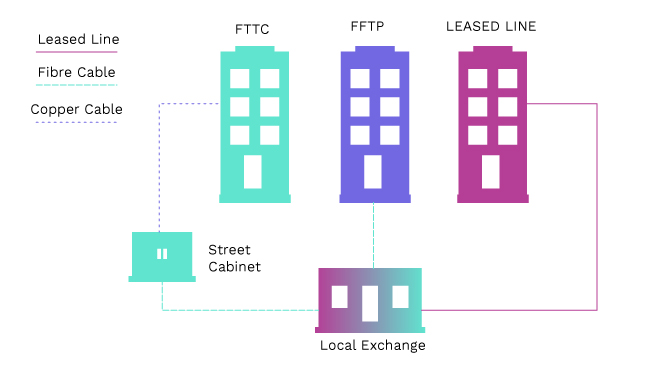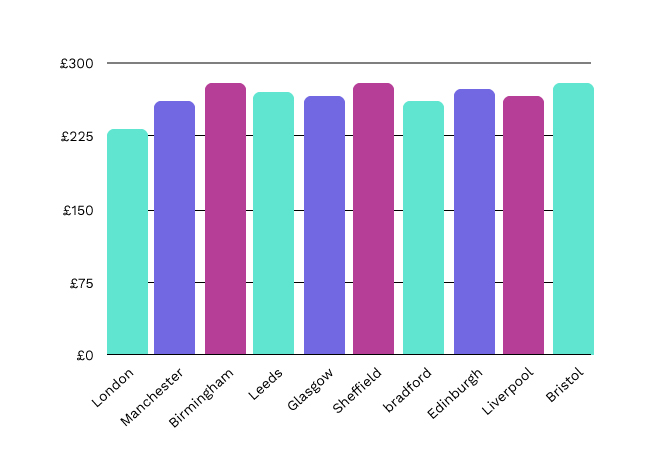Home » Fibre For Home
FTTH dramatically increases connection speeds available to computer users compared with technologies now used in most places. FTTH promises connection speeds of up to 100 megabits per second mbps. These speeds are 20 to 100 times as fast as a typical cable modem or DSL (Digital Subscriber Line) connections. Implementing FTTH on a large scale would be costly because it requires installation of new cable sets over the “last links” from existing optical Fibre cables to individual users. Some communities currently have Fibre to the cabinet (FTTC) service. FTTC refers to the installation and use of optical Fibre cable to the cabinet near homes or businesses, with a “copper” medium carrying the signals between the cabinet and the end users.

FTTC, or Fibre to the cabinet, is named as such because instead of connecting directly to a building, home or premises, the Fibre optic cable connects to the cabinet near homes or businesses, where a twisted pair connection transfers the signal from the cabinet into the building to the end users. Fibre to the node (FTTN) refers to a setup in which the optical Fibre connects to the network cabinet or node and passes the signal to copper wire at that point.
UK Fibre Networks Specialise in the deployment of complex fibre networks where traditional methods of installation are not possible due to restrictions.

info@ukfibrenetworks.net